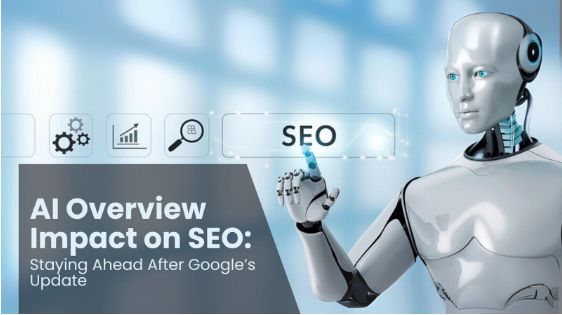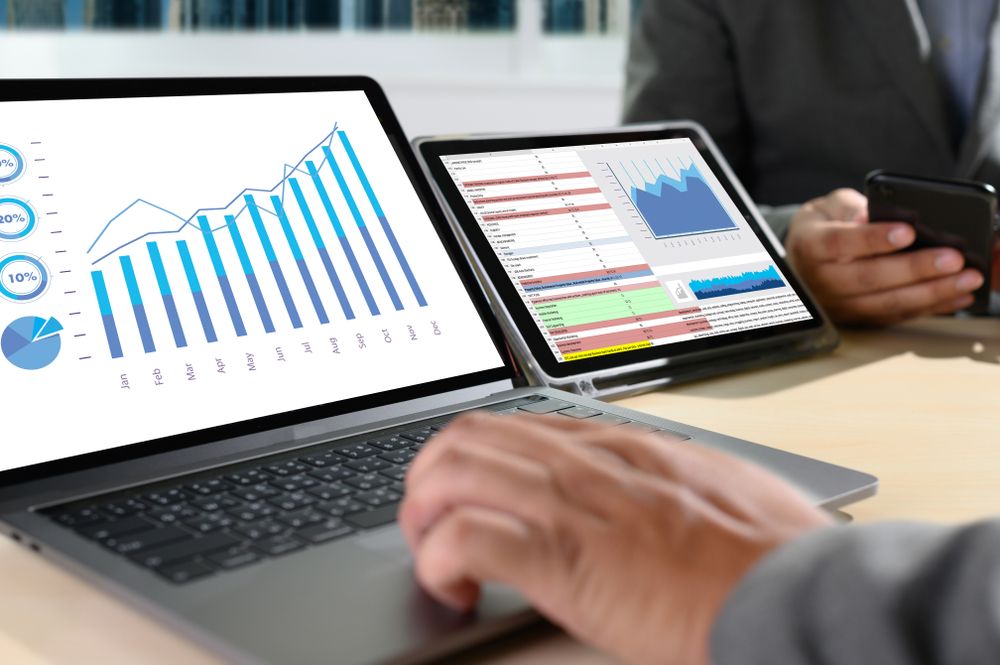In the quick-evolving world of virtual marketing, Google Ads has remained one of the maximum powerful structures for corporations to attain their audience. Over the years, the way ads are displayed has changed substantially, from simple static banners to dynamic, interactive, and AI-powered visuals. As user alternatives shift and generation advances, the future of Google Ads pix is poised for groundbreaking transformations a good way to redefine how agencies capture interest and force engagement. With the increasing use of synthetic intelligence (AI), augmented truth (AR), movement pix, and hyper-personalization, advertisers must stay beforehand of the curve to make sure their campaigns continue to be powerful in an ever-aggressive landscape.
The digital advertising area is becoming extra sophisticated, immersive, and records-driven. Google Ads Graphics are not pretty much attractive pix; they ought to now combine seamlessly with person conduct, adapt to special gadgets, and provide a visually engaging experience that compels motion. As organizations prepare for the subsequent technology of advertising, it’s miles important to recognize the tendencies shaping the future of Google Ads Graphics. From AI-generated creatives to personalised ad reports, the evolution of ad visuals will significantly impact how manufacturers hook up with their audiences.
The Rise of AI-Powered Ad Graphics and Automated Design
Artificial intelligence is revolutionizing digital advertising and marketing, and Google Ads is at the leading edge of this variation. The integration of AI in ad pictures has allowed groups to create rather optimized visuals with minimal manual effort. With automated creative generation, Google Ads can now test exceptional variations of advert portraits and choose the best-performing combinations primarily based on consumer engagement and conversion prices. This approach organizations can achieve higher ad performance without making an investment heavily in guide layout modifications.
AI-pushed advert creation gear, such as Google’s Performance Max campaigns, use device getting to know to modify visuals, hues, layouts, and text in real time. This ensures that the pics resonate with one-of-a-kind audiences across various platforms. In the near destiny, AI is expected to play an even bigger role in customizing ad pix for man or woman customers, making every advert revel in more applicable and engaging. Businesses that leverage AI-powered creative optimization will have a giant benefit, as facts-driven layout choices can lead to better click-via charges (CTR) and higher go back on investment (ROI).
Interactive and Immersive Ad Experiences with Augmented Reality (AR) and three-D Graphics
User engagement is on the coronary heart of successful advertising, and the destiny of Google Ads portraits will focus on making commercials extra interactive and immersive. Traditional static images are now not sufficient to capture audience interest in a international where clients count on enticing digital studies. As a end result, augmented reality (AR) and three-D pics are set to come to be key elements in Google Ads pictures.
With Google Lens and ARCore generation advancing, we will expect commercials to provide interactive reports wherein users can try on products actually, discover 3D fashions, or engage with elements inside the advert itself. For instance, an eyewear emblem ought to allow customers to see how different shades appearance on their faces thru AR-powered Google Ads. Similarly, a furnishings logo might provide a 3-D visualization of a product that users can rotate and check out earlier than making a purchase. These innovations will make commercials greater engaging and informative, main to higher user interplay and conversion charges.
Motion photos and micro-animations may even play a bigger position in Google Ads. With HTML5 and WebGL becoming more superior, advertisements proposing diffused actions and interactive animations will help manufacturers stand out in crowded virtual areas. Instead of relying on static photos, organizations can use video snippets, hover effects, or lively transitions to enhance the visual attraction in their Google Ads campaigns.
The Power of Hyper-Personalization in Google Ads Graphics
As digital advertising becomes greater facts-driven, hyper-personalization could be a primary consciousness within the destiny of Google Ads snap shots. Consumers these days count on ads which are tailored to their pursuits, choices, and past behavior, in preference to customary, one-size-suits-all content. Google’s AI talents allow advertisers to create dynamic display ads that alternate based totally on actual-time person statistics, making sure that each man or woman sees an advert this is maximum relevant to them.
In the coming years, ad portraits becomes even greater customized, adapting in actual-time primarily based on a consumer’s surfing history, place, time of day, or even the tool they’re the use of. Imagine a travel enterprise jogging Google Ads wherein the visuals alternate dynamically based totally on the person’s seek conduct—someone searching at beach holidays might see tropical paradise imagery, even as another person learning mountain getaways is probably proven an ad with scenic landscapes. This degree of visual personalization enhances engagement, improves ad relevance, and increases the chance of conversion.
Additionally, improvements in emotion-based AI generation ought to quickly permit Google Ads to research a consumer’s emotional reaction through facial popularity or sentiment analysis. This approach advert photographs might adjust in actual-time primarily based at the consumer’s mood, developing a deeper stage of connection among the emblem and the purchaser. As AI keeps to evolve, agencies will want to leverage hyper-personalized graphics to remain aggressive and power stronger engagement.
Dark Mode and Adaptive Visuals for a Seamless User Experience
As more users undertake dark mode on their devices, organizations ought to ensure that their Google Ads photos are optimized accordingly. Dark mode has end up a desired show placing on smartphones, desktops, and programs, reducing eye strain and enhancing visible consolation. In reaction, Google Ads will more and more help adaptive advert pics that mechanically modify their coloration schemes based totally on a user’s show settings.
Brands that fail to optimize their ad creatives for darkish mode can also experience lower engagement costs, as overly shiny commercials can disrupt the consumer experience in darker interface settings. Future Google Ads will in all likelihood introduce automated darkish mode versions, making sure that ad snap shots stay visually attractive and powerful irrespective of the display environment. By adopting flexible, adaptive advert visuals, organizations can create a unbroken advertising enjoy that blends evidently with consumer preferences.
Preparing for the Future: How Businesses Can Adapt
With these improvements reshaping Google Ads pics, businesses have to evolve their ad strategies to live in advance. Here are a few key steps advertisers should take to put together for the destiny:
Leverage AI and Automation: Businesses should include AI-pushed advert creative tools to optimize ad photographs for unique audiences robotically.
Invest in Motion Graphics and Video Ads: With motion-based visuals becoming the norm, manufacturers should prioritize video commercials and micro-animations to boom engagement.
Utilize AR and 3-d Elements: Companies must begin experimenting with interactive and 3D graphics to create immersive ad studies.
Prioritize Personalization: Advertisers must put in force dynamic display ads that modify primarily based on user conduct and real-time information insights.
Optimize for Dark Mode and Cross-Platform Display: Brands need to make certain that their advertisements are adaptable to exceptional viewing modes and display settings to keep consistency and effectiveness.
By enforcing those strategies, corporations can make certain their Google Ads campaigns stay high-appearing, engaging, and visually impactful within the future years.
Conclusion: A New Era of Google Ads Graphics
The destiny of Google Ads pix is about to be greater immersive, AI-pushed, and personalized than ever before. With advancements in automation, interactive layout, and adaptive visuals, groups will want to embrace innovation to create commercials that seize and preserve target market attention. The shift from static pics to dynamic, statistics-driven ad creatives will remodel how manufacturers connect to purchasers, making advertising more enticing, effective, and end result-oriented.
For groups seeking to stay beforehand in virtual advertising, the time to put money into subsequent-technology Google Ads photographs is now. By leveraging AI, interactivity, and personalization, brands can create visually compelling ad stories that power better engagement, better conversions, and long-term achievement inside the evolving virtual panorama.




